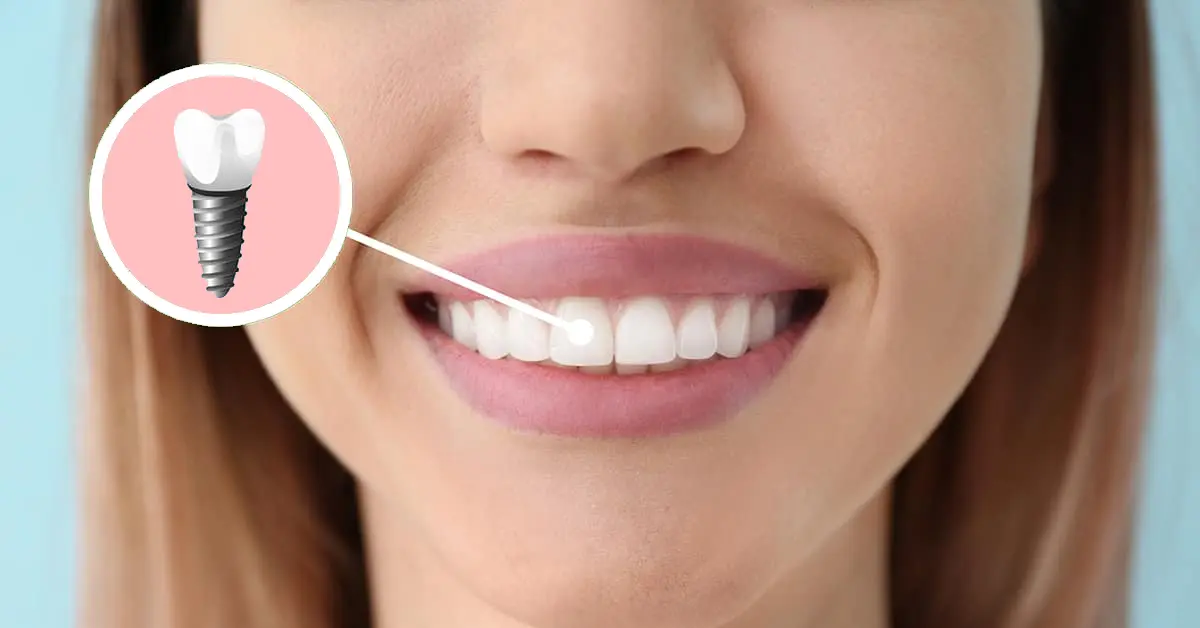Table of Contents
ToggleSingle tooth aesthetics aims to restore the shape, color, and natural light reflections of a broken tooth in the front region. The goal is clear. The closest possible appearance to a natural tooth and a solid bite balance are achieved. The treatment plan is personalized. The depth of the fracture, the enamel and dentin border, and the pulp condition are evaluated. Photographs, color measurements, and digital planning are used. The material selection is made according to the case. Composite, laminate veneer, or full crown may be considered. The smile line is taken into account. The gum contour is preserved. The correct technique is essential for longevity. Care instructions are clearly given to the patient.
Correct diagnosis and planning: the first step to success
In Single tooth aesthetics, a fractured tooth in the anterior region requires detailed analysis and a structured protocol. A clinical examination is performed, the history of trauma is noted, and periapical—plus, when indicated, CBCT—imaging is evaluated. The bite relationship is examined, fracture lines are stained, and moisture control is planned. Color, saturation, and translucency are measured separately. The form is determined with digital smile design, and a mock-up is created. The treatment trial is shared with the patient to clarify expectations. The dentist then makes evidence-based decisions about materials and techniques, ensuring fit and aesthetic limits are maintained in line with Single tooth aesthetics principles.
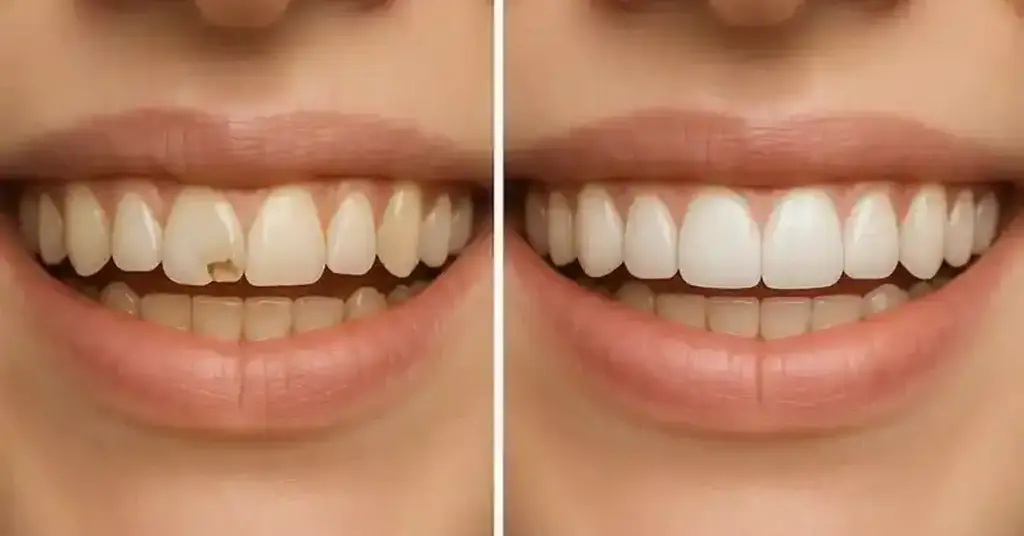
- Diagnosis: vitality test, crack detection
- Recording: photo, video, color guide
- Plan: mock-up, temporary restoration scenario
Composite bonding: a minimal solution in a single session
In cases of limited fractures, composite bonding is a conservative option for single tooth aesthetics. Minimal roughening of the enamel is performed. The adhesive protocol is meticulous. Natural layers are imitated using a layering technique. The opaque dentin tone, enamel translucency, and surface micro-texture are shaped separately. Moisture control is ensured with a rubber dam. Marginal transitions are made invisible. Polishing is performed sequentially. Bite balance is checked. The advantage is speed. Repair is easy. Color stability increases with a good protocol. Patient care education is provided. Periodic polishing is recommended.
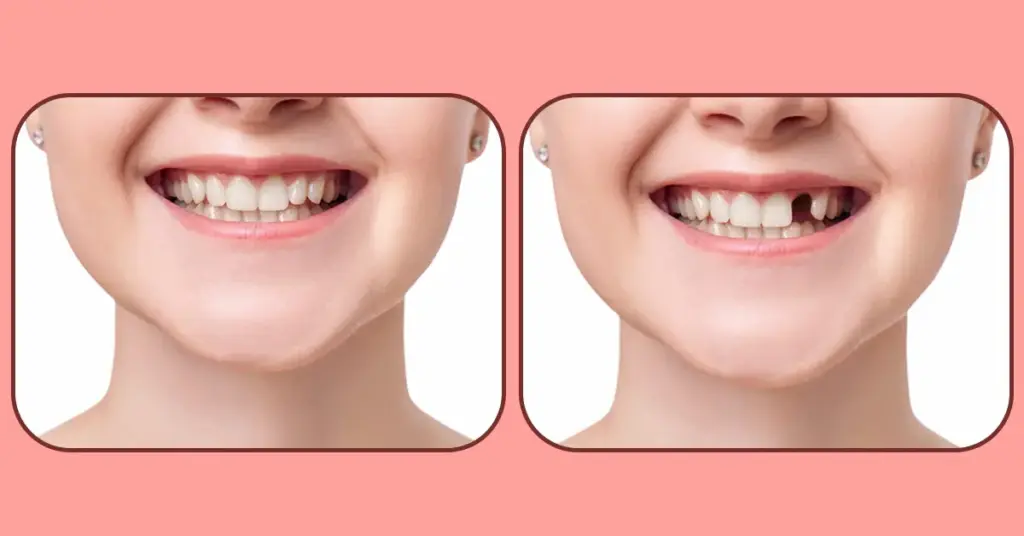
- Indications: small-medium fractures
- Pros: single appointment, tissue-preserving
- Disadvantage: more frequent polishing in cases of smoking and staining
Laminate veneer (E-max): high aesthetics and durability
If the enamel support is sufficient, laminate veneers provide top-level results for single tooth aesthetics. A thin porcelain layer is prepared. Preparation is kept within the enamel. The form is tested with a temporary veneer. The color is selected one-to-one. The final shade is confirmed with try-in pastes. Cementation is performed with isolation. Edge adaptation is precise. Micro-texture on the surface ensures natural appearance. Light transmission with the adjacent tooth must be harmonious. Proper occlusion reduces friction. This lowers the risk of cracking. Long-term luster is maintained. Plaque accumulation is reduced. Follow-ups are scheduled.
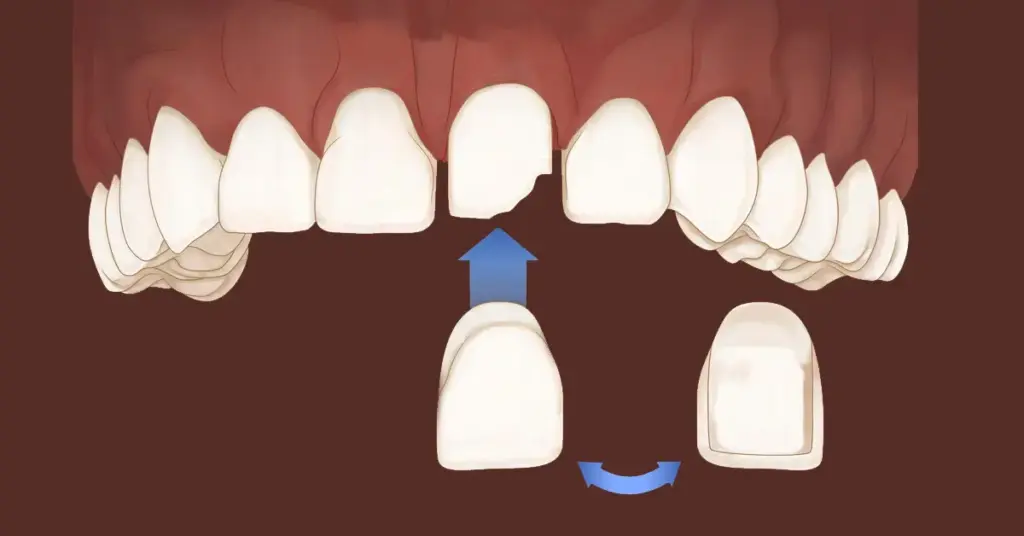
- Pros: excellent color, luster
- Required: enamel support, precise measurement
- Process: measurement, laboratory, trial, bonding
Full crown and post-core: cases requiring comprehensive reinforcement
If the pulp is exposed or there is excessive material loss, single tooth aesthetics can be ensured with a full crown. When root canal treatment is necessary, biological stability is ensured first. The center is reinforced with a post-core. The crown material is selected according to the case objective. Zirconia or lithium disilicate may be preferred. Marginal fit preserves gingival health. Contact and occlusal balance are carefully adjusted. Aesthetic trial is performed with a temporary crown. The final crown is cemented. Masticatory forces are safely distributed. Durability increases. Aesthetics fit the natural line. Follow-up should be regular.
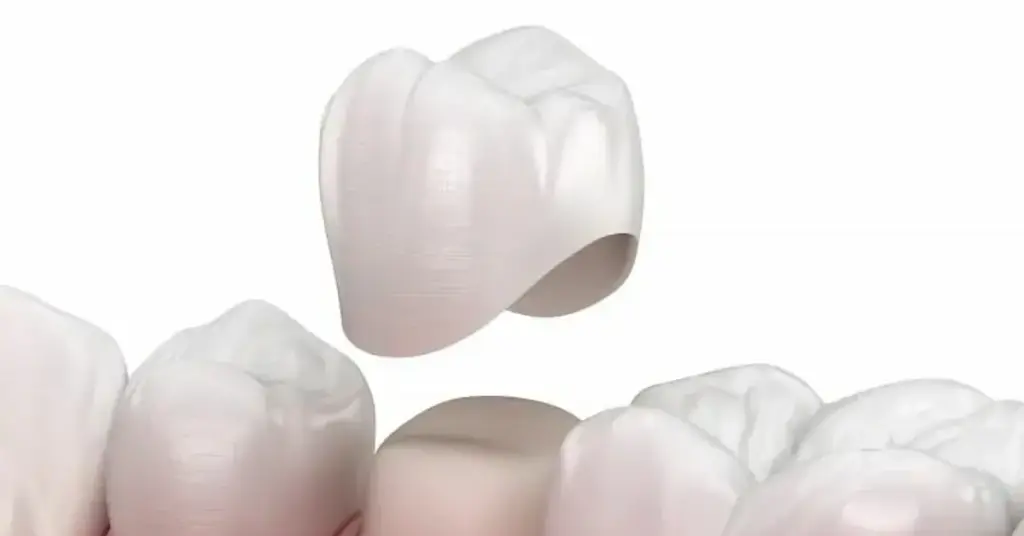
- Indications: extensive fracture, weak structure
- Advantage: high durability
- Note: biological width with periodontium must be preserved
Color matching, form, and surface texture: invisible results on a single tooth
Color alone is not sufficient for successful single-tooth aesthetics. Value, chroma, and hue are evaluated separately. Light transmission is matched with the adjacent tooth. The surface micro-texture must be compatible with age and wear. Tooth length, width, and incisal curve are adjusted according to the smile line. Papilla height is preserved. The polishing chain ends without scratches. Control is performed with photos under different lights. The operator targets the “invisible edge.” This approach increases patient satisfaction. It ensures longevity. It reduces the need for revision. It standardizes clinical quality.
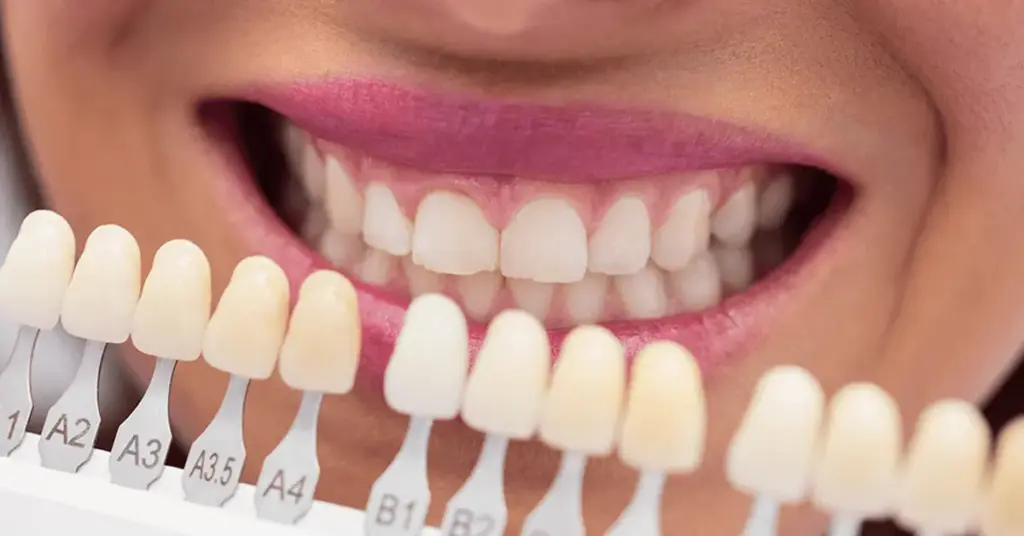
- Control: daylight + polarized light
- Criterion: facial harmony, not the golden ratio
- Tip: fine-tune the translucency layers
Process, care, and protective recommendations: plan for permanence
Treatment time varies depending on the single tooth aesthetic technique. Bonding is often completed in a single session. Measurements and a laboratory step are required for veneers. The canal and post process is added for crowns. A night guard is recommended in all cases if bruxism is present. Acidic drinks are restricted. Habits of biting hard foods are corrected. An oral hygiene protocol is clearly provided. Annual check-ups are scheduled. Polishing intervals are determined. Potential sensitivity is monitored. Color stability is tracked. The risk of cracking is assessed. Early warning signs are explained. Patient education enhances retention.
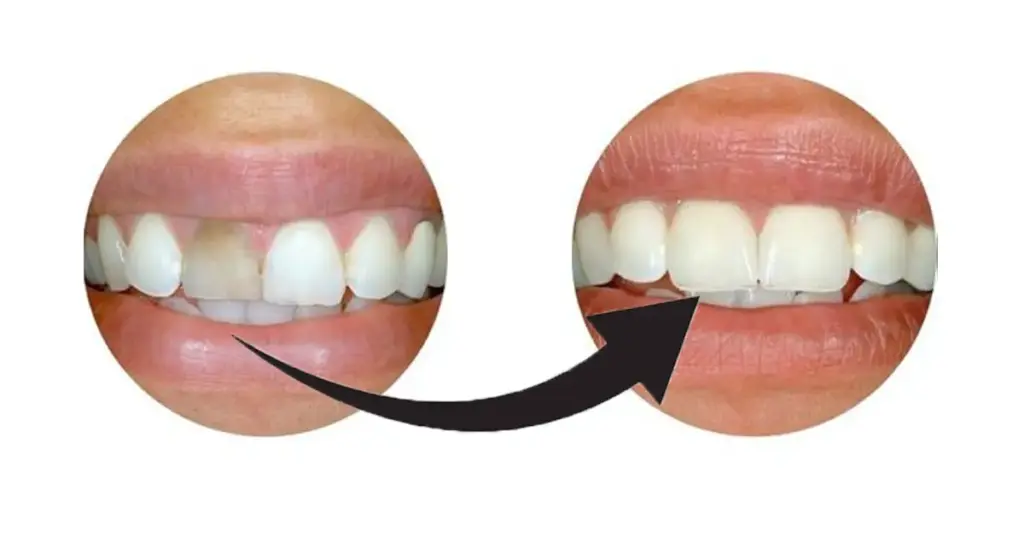
- Care: soft brush, gentle toothpaste
- Protection: night guard, avoidance of trauma
- Check-ups: professional polishing every 6-12 months
You can view our work in our smile gallery or on our social media.

